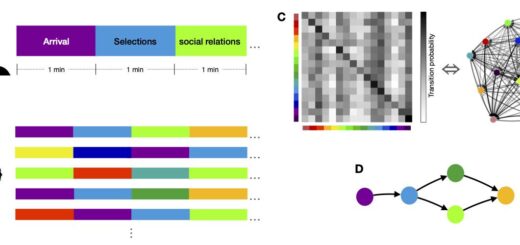5 June 2018 – Lizzie Stewart – English designed landscapes, c. 1550-1660: using 3D-GIS to recreate ‘prospects’ and ‘promenades’
5:15 pm – 6:15 pm, 5 June 2018
Venue: John S Cohen Room, N203, Senate House, Malet Street, London WC1E 7HU
Download a map of the central precinct with directions for getting to the University of London Senate House.
Online: the link above will automatically go live when the livestream starts.
Abstract
Sixteenth- and seventeenth-century English designed landscapes were artificially organised to optimise the experience within them. In particular, this was achieved through “prospects”, a concept of viewing landscapes, and “promenades”, involving the physical movement through the landscape. Authors like Henry Wotton, in 1624, emphasised the importance of experience through “the Feete [and] likewise of the Eye”, and this would consequently reflect the landowners’ individual perspectives towards the landscape. However, little analysis has been attempted into determining the characteristics of “prospects” and “promenades” at specific sites. The destruction and modernisation of estate landscapes has hindered their analysis and reshaped perceptions of their appearance and development. From my ongoing PhD research, this paper will therefore explore the historiography of designed landscapes from this period whilst demonstrating how 3D-GIS has the capabilities to improve our knowledge of this area of research. As a new computational tool for producing 3D representations of estate landscapes, 3D-GIS can provide the geographical and historicalcontext to spatially analyse the experience within them using ‘viewshed’ and animation tools. This paper will subsequently demonstrate how 3D-GIS will contribute to not only the study of designed landscapes but of historic landscapes generally.
Bio
Elizabeth Stewart is a 3rd-year PhD researcher and Associate Tutor in the School of History at the University of East Anglia, where she also completed her BA and MA degrees. She is a landscape historian and also has experience in archaeology, museums and heritage. She specialises in Digital Humanities, and is funded by the Digital Humanities strand of the Eastern Arc Research Consortium (EARC). As a continuation of her masters’ dissertation, her PhD research focuses on using 3D-GIS to explore and analyse ‘prospects’ and ‘promenades’ within English designed landscapes from the sixteenth and seventeenth centuries.
